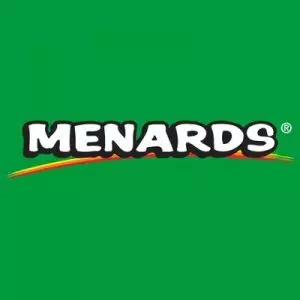Exploring the Benefits and Applications of Innovative Iron Net Materials in Various Industries
Aug . 14, 2024 20:44
The Significance of Iron Netting in Modern Applications
In recent years, iron netting has emerged as an essential material in various fields due to its remarkable properties and versatile applications. Often overlooked, iron netting serves critical functions in construction, agriculture, and even art. This article explores the significance of iron netting and its contributions to modern society.
Iron netting, typically composed of interwoven iron wires, offers high strength and durability. These properties make it an ideal choice for reinforcing structures in construction projects. Builders often use it in concrete applications to enhance the tensile strength of slabs and walls. The netting acts as a supportive framework, minimizing the risk of cracking or structural failure, especially in large-scale construction. Designers appreciate the ability to mold iron netting into various shapes and sizes, promoting creativity while ensuring stability.
In agriculture, iron netting serves several vital purposes. It is commonly employed to create protective barriers against pests that threaten crops. Instead of relying solely on chemical pesticides, farmers can use iron netting to safeguard their fields from birds and larger animals, promoting an eco-friendly approach to pest management. Furthermore, iron netting can be utilized as support for climbing plants, improving yields and encouraging healthier growth. Farmers who implement such practices often report increased productivity, demonstrating that the use of iron netting can significantly impact agricultural efficiency.
iron netting

Moreover, iron netting has found its place in urban planning and public safety. In many urban areas, it is essential to keep public spaces safe from potential hazards. Iron netting is often installed around construction sites to prevent accidents, such as falling debris, protecting both workers and pedestrians. Additionally, iron fencing made from netting is common in public parks and recreational areas, delineating boundaries and enhancing security without obstructing views.
Another fascinating aspect of iron netting is its artistic applications. In contemporary art installations, artists utilize iron netting to create innovative sculptures and functional art pieces. The material’s unique texture and structural qualities lend themselves to dynamic designs that challenge traditional perceptions of form and space. Artisans often manipulate the netting’s form to express themes of confinement and freedom, reflecting on societal issues. The versatility and malleability of iron netting enable artists to explore complex concepts and evoke emotional responses from viewers.
Furthermore, the sustainability of iron netting is an essential factor in its increasing popularity. As industries worldwide move towards more sustainable practices, iron netting stands out as a recyclable material. When disposed of, iron netting can be melted down and repurposed, reducing waste and encouraging circular economic practices. This aligns with global efforts to promote sustainability in construction and manufacturing practices, emphasizing the importance of environmentally friendly materials.
In conclusion, iron netting plays a critical role in various sectors, from construction and agriculture to urban planning and the arts. Its unique properties, combined with sustainability aspects, make it a material of choice for many modern applications. As society continues to innovate and emphasize eco-friendliness, the utilization of iron netting is likely to expand further, reinforcing its significance in tackling contemporary challenges. As we embrace this versatile material, we open ourselves to new possibilities for creativity, safety, and sustainability in everyday life.




















